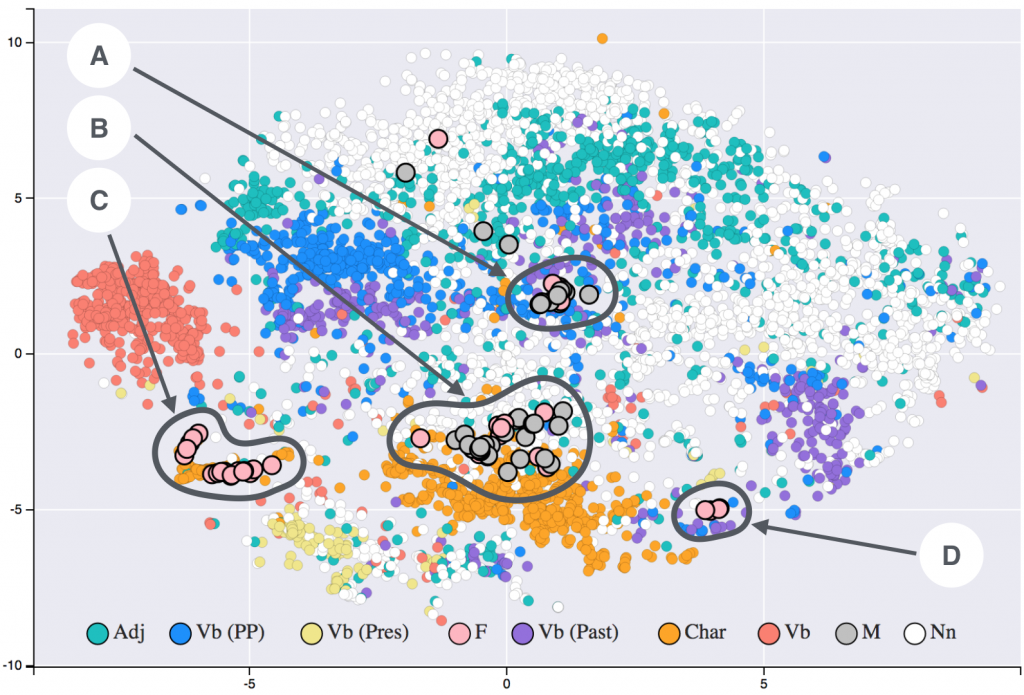Neural networks (NN) are everywhere, from image analytics to NLP to clinical decision support systems. Embeddings are a popular class of techniques that emerged out of NN with diverse applications. embedding is a low-dimensional translation of high dimensional space. For clinicians, embedding is nothing but a simple representation of complex data.

Embeddings are typically used in text analytics and NLP. However, the same concept can be extended to other domains. Take our typing pattern on a keyboard, for example. It is potentially a complex pattern that involves speed, the sequence of keys and the lag between keys. Typingdna finds an innovative way of converting this complex pattern into an embedding. The obvious use case is to use that embedding to identify the user and use it as a supplementary authentication mechanism. Typingdna provides a Javascript library that you can embed on any webpage and capture the typing embedding from any textbox! typingdna also provides a backend API for comparing the embedding for similarity.
Typing is a complex activity that requires interaction between the nervous system and the musculoskeletal system. I presume that any change in the neurocognitive state or muscle weakness could impact the typing pattern. Monitoring the changes in the typing embeddings may have applications in the monitoring or diagnosis of these disorders. To cut a long story short, I recently participated in a Devpost hackathon organized by typingdna. I submitted a simple solution that records the typing pattern and graphs the changes and proposed it as a monitoring application for Dermatomyositis. Details of the submission are available here and the simple prototype is here.
On a different note, I recently discovered that TensorflowJS has an inbuilt facemesh model that can detect facial landmarks from webcam streams, all within the browser! I have created a React component called skinmesh, that can harvest facial landmark coordinates (facial embedding) from a webcam or any facial image. I feel this has potential applications in cosmetic dermatology. I have blogged about this here. Give me a shout, if anybody wants to collaborate on creating a suitable backend.
- Bringing Generative AI Into the EHR: Why DHTI Matter (Part I) - January 7, 2026
- Pragmatic Research That Builds and Travels - December 9, 2025
- Are we trapped in a matrix? - November 18, 2025
